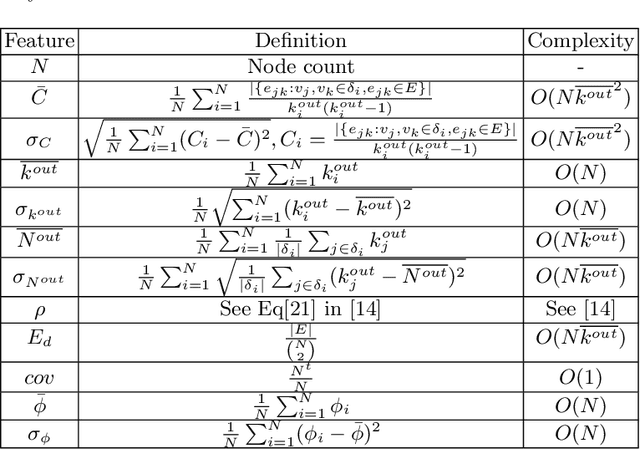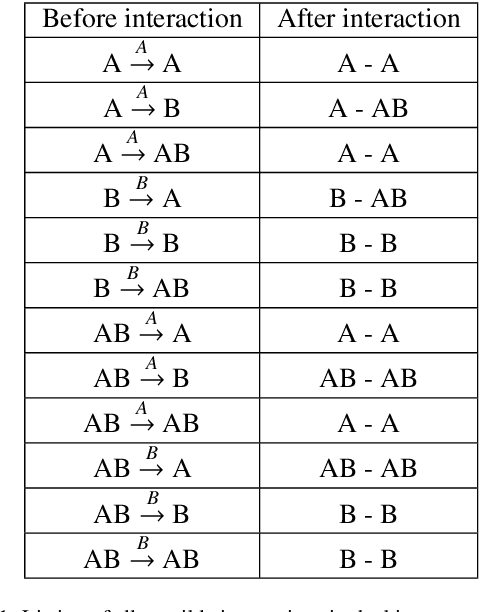Manqing Ma
Learning Parameters for Balanced Index Influence Maximization
Dec 15, 2020



Abstract:Influence maximization is the task of finding the smallest set of nodes whose activation in a social network can trigger an activation cascade that reaches the targeted network coverage, where threshold rules determine the outcome of influence. This problem is NP-hard and it has generated a significant amount of recent research on finding efficient heuristics. We focus on a {\it Balance Index} algorithm that relies on three parameters to tune its performance to the given network structure. We propose using a supervised machine-learning approach for such tuning. We select the most influential graph features for the parameter tuning. Then, using random-walk-based graph-sampling, we create small snapshots from the given synthetic and large-scale real-world networks. Using exhaustive search, we find for these snapshots the high accuracy values of BI parameters to use as a ground truth. Then, we train our machine-learning model on the snapshots and apply this model to the real-word network to find the best BI parameters. We apply these parameters to the sampled real-world network to measure the quality of the sets of initiators found this way. We use various real-world networks to validate our approach against other heuristic.
Network resilience
Jul 26, 2020



Abstract:Many systems on our planet are known to shift abruptly and irreversibly from one state to another when they are forced across a "tipping point," such as mass extinctions in ecological networks, cascading failures in infrastructure systems, and social convention changes in human and animal networks. Such a regime shift demonstrates a system's resilience that characterizes the ability of a system to adjust its activity to retain its basic functionality in the face of internal disturbances or external environmental changes. In the past 50 years, attention was almost exclusively given to low dimensional systems and calibration of their resilience functions and indicators of early warning signals without considerations for the interactions between the components. Only in recent years, taking advantages of the network theory and lavish real data sets, network scientists have directed their interest to the real-world complex networked multidimensional systems and their resilience function and early warning indicators. This report is devoted to a comprehensive review of resilience function and regime shift of complex systems in different domains, such as ecology, biology, social systems and infrastructure. We cover the related research about empirical observations, experimental studies, mathematical modeling, and theoretical analysis. We also discuss some ambiguous definitions, such as robustness, resilience, and stability.
 Add to Chrome
Add to Chrome Add to Firefox
Add to Firefox Add to Edge
Add to Edge